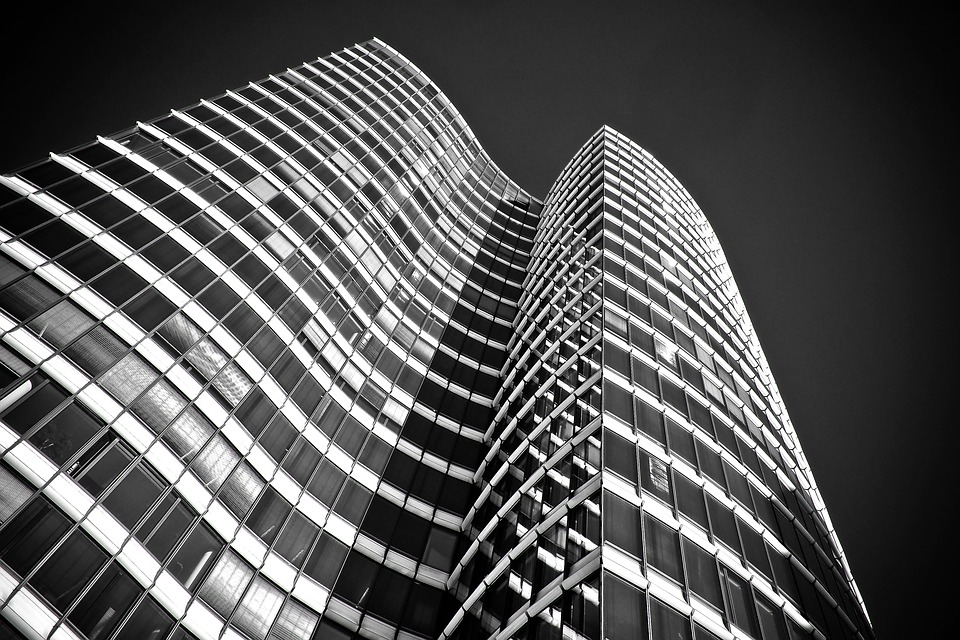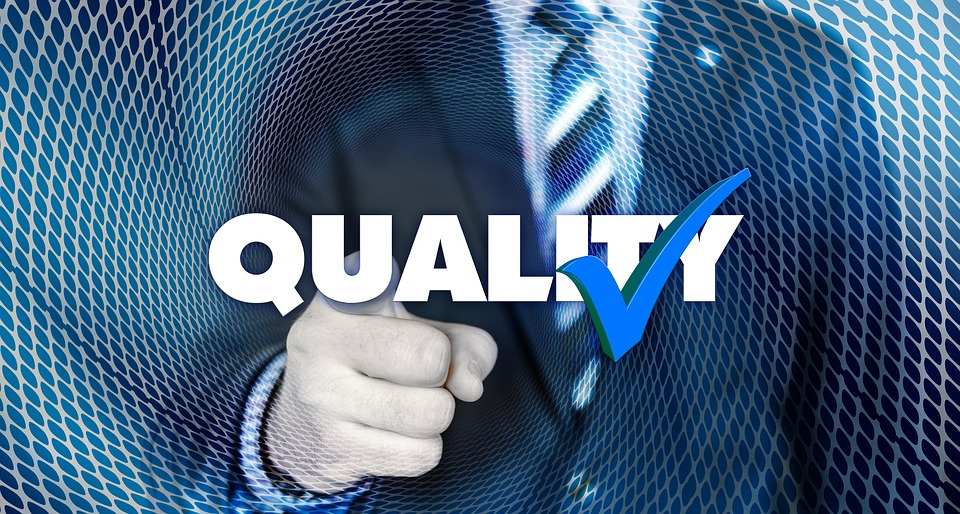In a recent annual ranking report from the US Green Building Council’s (USGBC), this ranking list has the top ten countries outside the US that are following LEED and India accounts for 10-12% global space as green structures. It has more than 750 LEED certified projects covering over 20.28 million gross square meters of space (Source: economictimes.indiatimes). Green footprints are expected to triple by 2020 in India.
A Bit About Green Buildings
A green building, in simple terms, is a structure which is effective in conserving energy and utilizing resources efficiently. Such green building design will not only use the eco-friendly material in construction but also design the essential utilities to use resources, such as sunlight, heat, water, etc. in an optimally efficient manner.
However, not every building that uses eco-friendly building materials like clay can be called as a green building. Thankfully, there are certain strict regulations that govern the criteria that make a building fit for LEED certification, which is the leading global-standard for green building certification, in India, as well as worldwide.
5 Criteria’s For Green Building Certifications
 These are the main criteria which any building needs to fulfill in order to be awarded a green building certification:
These are the main criteria which any building needs to fulfill in order to be awarded a green building certification:
1. Sustainable Design – A building created through sustainable development, without damaging the existing eco-system.
2. Water Use – Preservation and efficient use of existing water cycle. Retaining storm water and making it potable through filtration on location, recycling used water and preserving the surrounding natural hydrological eco-system.
3. Environment & Energy – Reducing carbon footprint on surrounding through eco-friendly and sustainable construction material, apart from frequently using renewable energy and resources.
4. Indoor Comfort – The building should provide optimal comfort indoors, through efficient maintenance of air quality, temperature, and ventilation, with access to sufficient daylight for conserving electrical energy.
5. Materials Used – The building needs to have minimal, or no, non-renewable construction material, have efficient, eco-friendly design and engineering, with maximum use of recyclable, eco-friendly construction materials.
Read More: How Can Common People Build Individual Sustainable Homes
Who Certifies A Green Building?
 Let’s take a look at the major agencies that issue buildings a green certification in India:
Let’s take a look at the major agencies that issue buildings a green certification in India:
1. GRIHA
GRIHA (Green Rating for Integrated Habitat Assessment) is India’s own rating system which was jointly developed by the Ministry of New and Renewable Energy, Government of India and TERI. This national rating system for green building is adopted while designing and evaluating new building structures. The GRIHA rating system contains 34 criteria categorized in 4 different areas. Few of them are:
- Site selection and site planning,
- Conservation and efficient utilization of resources
- Building operation and maintenance
- Innovation
Find out more at – www.grihaindia.org
2. ECBC
The BEE (Bureau of Energy Efficiency) established the ECBC (Energy Conservation Building Code), which help to set the standards that dictate the efficiency-level of energy usage and design before construction of buildings.
Find out more at – www.beeindia.gov.in
3. IGBC
The IGBC (Indian Green Building Council), a part of CII (Confederation of Indian Industry), is a quasi-governmental agency aimed at promoting sustainable and green building construction in India. It evaluates and certifies green buildings with 4 different levels of certification: Platinum, Gold, Silver and Certified. These ratings are valid for a period of 3 years.
Find out more at – www.igbc.in/igbc/
4. LEED India
The Leadership in Energy & Environmental Design, or LEED, is the globally-recognized certification agency which issues green building certification in India. LEED is considered to be one of the major benchmarks for sustainable green building design.
Find out more at – www.new.usgbc.org
Concluding Thoughts
TERI estimates, India could save more than 8,400 megawatts of power if all constructions in the urban areas of the country were made to adopt green building concepts; these energy savings are practically enough to 550,000 homes a year, that’s a lot, isn’t it?
Ensure that your next building design incorporates all the criteria for green building certification. This is one of the best ways to make your contribution towards fighting against the imminent threat of global warming.
Curated by editor at Wienerberger India
Like this story? Or have something to share? Write to us: gosmartbricks@gmail.com or connect with us on Facebook and Twitter.









